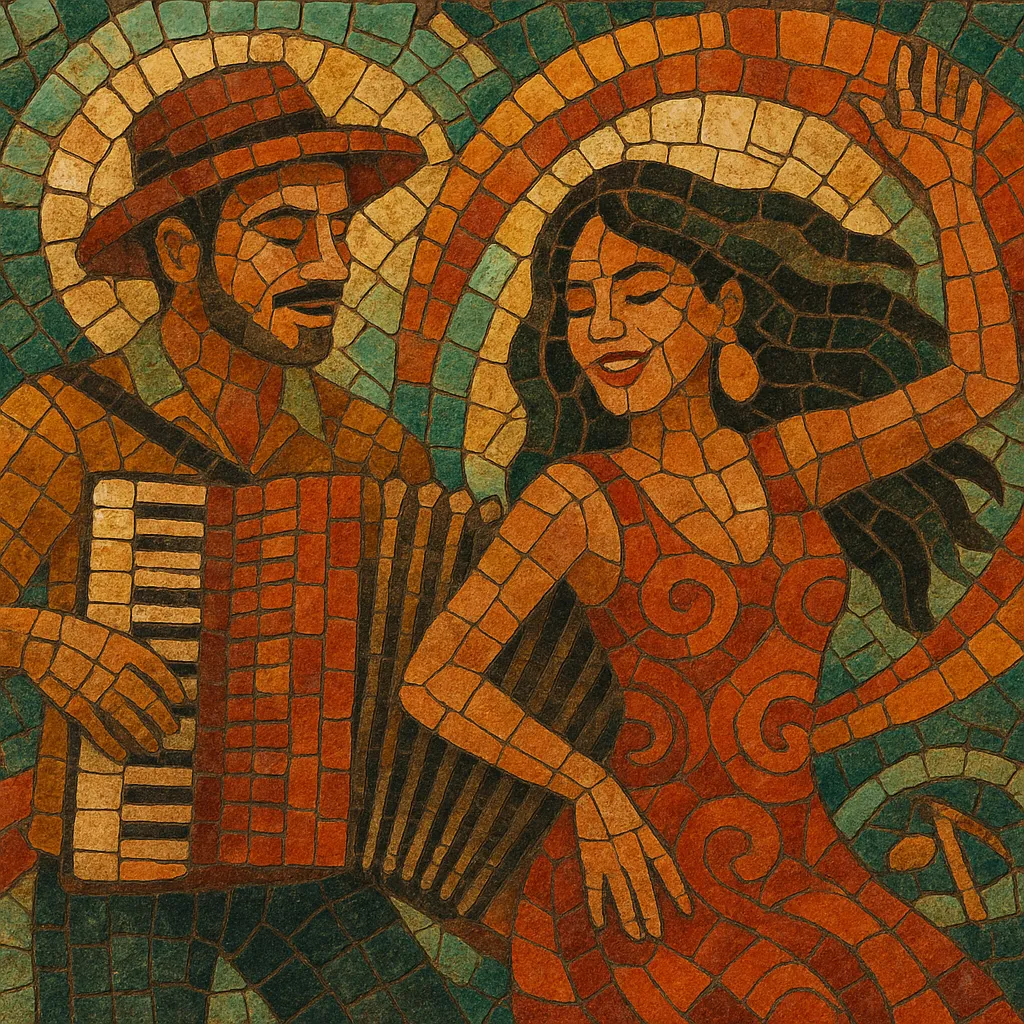Piseiro (also called pisadinha) is a contemporary dance-pop offshoot of Northeast Brazilian forró that favors minimal, keyboard-driven arrangements and a steady, stomping groove built for parties and dance floors. It blends the romantic lyricism and "sofrência" (heartbreak) of sertanejo and arrocha with the syncopated pulse of forró eletrônico, but strips the instrumentation down to affordable arranger keyboards, drum machines, and simple bass lines.
The result is an instantly catchy style with short melodic hooks, sing‑along choruses, and a four-on-the-floor or baião‑leaning beat between roughly 120–140 BPM. Piseiro’s sound spread virally through social media and WhatsApp in the late 2010s before exploding nationally around 2020, turning regional acts into mainstream Brazilian hitmakers.
Piseiro emerged in Brazil’s Northeast—especially in states like Bahia, Pernambuco, Piauí, and Ceará—as a lean, dance-focused reinterpretation of forró. Small touring acts and local parties popularized the format: arranger keyboards (often Yamaha PSR‑type), a drum machine, and a vocalist delivering emotive, romantic lyrics. The style drew on forró (and its electronic variant), arrocha’s sentimental phrasing, and sertanejo’s melodic sensibility, while absorbing the DIY distribution ethos associated with tecnobrega and other regional scenes.
While circulating regionally in the late 2010s, piseiro broke nationwide around 2020 through viral hits and relentless sharing on streaming platforms, radio, and social networks. Acts like Os Barões da Pisadinha pushed the sound to Brazil’s charts, and a wave of young singers—João Gomes, Zé Vaqueiro, Tarcísio do Acordeon, Vitor Fernandes—cemented its popularity. Collaborations with sertanejo stars further amplified the style, bringing its stomping groove into mainstream pop programming.
Piseiro favors compact, high‑energy arrangements: a steady 4/4 or baião‑influenced beat, simple sub‑bass ostinatos, bright keyboard leads doubling vocal hooks, and clean, upfront vocals often treated with light tuning. Lyrically, it oscillates between party‑ready anthems and "sofrência"—themes of love, jealousy, and heartbreak—presented in direct, conversational language.
By the early 2020s, piseiro had reshaped Brazil’s pop landscape, influencing mainstream sertanejo releases and the programming of national festivals and radio. Its accessible production setup and hook‑forward writing made it a template for emerging artists seeking quick, danceable tracks that travel well on short‑form video and regional circuits.


